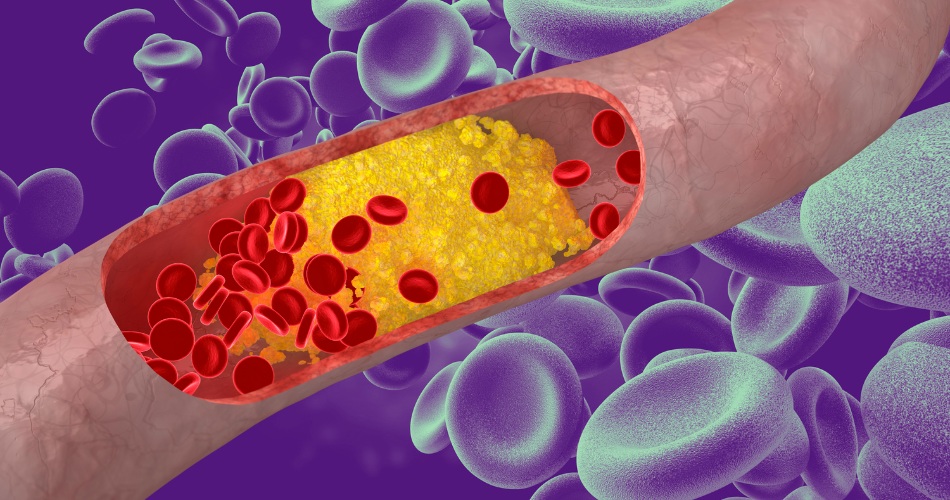
High cholesterol isn’t one disease so much as a risk state that fuels plaque and cardiovascular events over time. That’s why the pursuit of a “cure” can be slippery. For many people, the goal isn’t erasing cholesterol forever; it’s keeping LDL-C low enough for long enough to prevent heart attacks and strokes. In 2025, science moved on two fronts at once: getting far more people onto effective, guideline-backed treatments today, and testing new tools that could make control easier, or, in the case of gene editing, potentially one-and-done.
There are solutions right now. So why are we underutilizing them?
The strongest evidence still points to guideline-directed therapy: lifestyle changes plus medicines (statins first, then add-ons as needed) to reach LDL targets based on your risk. The American Heart Association’s patient guidance remains clear: know your numbers, tighten diet and activity, and escalate therapy when lifestyle alone isn’t enough.
The bigger problem? Underuse. A national analysis published by Johns Hopkins this summer found that among adults who qualify for cholesterol-lowering drugs, less than half are on them for primary prevention (23% treated vs 47% eligible), and only two-thirds of people with prior heart attack or stroke (secondary prevention) are treated when 100% are eligible. Their modeling suggests that closing this gap could prevent approximately 100,000 non-fatal heart attacks and up to 65,000 strokes each year in the U.S., alongside major cost savings. The bottom line is, before we chase a “cure,” we can save tens of thousands of lives by simply using what already works.
A daily pill may replace some cholesterol shots
Think of PCSK9 as a switch that slows your liver’s ability to clear LDL (“bad”) cholesterol. Turn that switch down, and your liver cleans more LDL from your blood. Until now, the best PCSK9 medicines were shots, either every 2–4 weeks or twice a year.
What’s new: A large, late-stage study from Merck found that a PCSK9 pill (enlicitide decanoate) lowered LDL a lot, on par with today’s shot medicines, and looked safe in two trials. If regulators approve it, many people could get “shot-level” cholesterol-lowering from a simple daily tablet, which is easier for anyone who dislikes injections or struggles to stay on schedule.
If statins aren’t enough (or you can’t take them):
- Add-on pill: Ezetimibe can lower LDL.
- Strong shots: PCSK9 antibody shots every 2–4 weeks drop LDL a lot.
Twice-yearly shot: Inclisiran (given two times a year) also lowers LDL. - Another pill option: Bempedoic acid can help when statins aren’t tolerated.
In summary, this pill wouldn’t “cure” cholesterol problems, but it could make powerful LDL-lowering much easier to take and stick with. Better adherence means more people keep LDL low over time, which is what actually cuts heart attack and stroke risk.
The one-and-done horizon: base editing of PCSK9
This is the frontier getting all the headlines. Early clinical data suggest a single infusion that edits PCSK9 in the liver can drive large, lasting LDL drops (reports cite average reductions around 50%, with high-dose cohorts approaching approximately 69%). This “base-editing” approach tweaks DNA without making a full cut, aiming for durable effects with fewer off-target risks than earlier CRISPR methods. It’s exciting—but still early-stage, without peer-reviewed outcomes trials showing fewer heart attacks or strokes yet. Consider it “promising, not proven.”
Reality check: Even a successful one-time PCSK9 edit wouldn’t fix other drivers (like Lp(a), triglycerides, blood pressure, smoking, diabetes). For many people, cardiovascular risk is a stack, and LDL control, however elegant, addresses a crucial slice, not the whole stack. That’s why clinicians will still personalize therapy across risks, even if a one-and-done LDL tool arrives.
A patient-friendly plan
- Know your baseline, and your target. Ask your clinician for a lipid panel (fasting or nonfasting, per their preference) and an ASCVD risk estimate. Your LDL goal depends on your risk: prior heart attack or stroke, diabetes, or familial hypercholesterolemia usually means a more aggressive target.
- Use the “stairs,” not the “elevator.”
Start with habits that reliably move the numbers: higher-fiber, lower-saturated-fat eating (Mediterranean-style works well), regular physical activity, weight management, and quitting smoking. These improve LDL, HDL, and overall risk. If lifestyle alone isn’t enough, statins remain first-line for most people. If you’re statin-intolerant or still not at goal, ask about ezetimibe, PCSK9 injections, inclisiran (twice yearly), or bempedoic acid—your clinician can layer these to hit your target. - Ask what’s next if shots or adherence are tough.
Keep an eye on the oral PCSK9 pill now in late-stage trials—its promise is PCSK9-level LDL reduction in a daily tablet, which could make staying on therapy easier. If you have severe or inherited cholesterol problems, also ask about clinical trials, including gene-editing studies, and whether they’re right for you. - Don’t let perfect block good.
Big picture: we’re underusing proven treatments. Modeling from Johns Hopkins suggests that simply getting all eligible people on guideline-recommended therapy could prevent tens of thousands of heart attacks and strokes each year. That’s a near-term win we can capture now.
Conclusion
Are we close to a cure? If by “cure” you mean never thinking about LDL again, future tools like gene editing may get some patients partway there, but we’re not there yet. If by “cure” you mean turning high LDL into a solved, low-risk problem for most people, we already have a practical path: use proven therapies, make adherence easier (potentially with an oral PCSK9), and escalate smartly to reach your goal. That approach saves the most lives right now.





